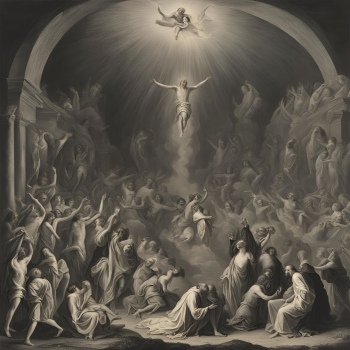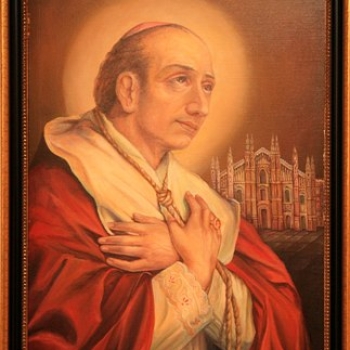The roots of the celebration of the Immaculate Conception can be traced back to early Christian thought and devotion. The concept of Mary's purity and sinlessness was widely believed among early Christians, particularly in the writings of the Church Fathers. St. Ephrem the Syrian (4th century) and St. Augustine (5th century) described Mary as the "New Eve," free from sin and a pure vessel chosen by God.
In the Eastern Church, by the 7th century, there was already a feast known as the "Conception of St. Anne", which honored the conception of Mary by her mother, Saint Anne. This celebration emphasized the special role Mary played in God’s plan of salvation. The feast gradually spread to the Western Church, especially gaining popularity in England by the 11th century, where it was known as the "Feast of the Conception of Mary."
Throughout the Middle Ages, the doctrine faced theological scrutiny and debate. The central question revolved around original sin: How could Mary be conceived without it when all humanity, according to St. Paul, inherits this condition?
St. Bernard of Clairvaux and St. Thomas Aquinas initially expressed reservations, believing that Christ's redemptive act applied universally and equally.
- However, Blessed John Duns Scotus, a Franciscan theologian in the 13th century, introduced the concept of "preservative redemption." He proposed that Mary was preserved from original sin by the merits of Christ’s future sacrifice. This idea gained widespread acceptance and laid the foundation for the formal doctrine.
Papal Recognition and Doctrine Proclamation
The turning point came in 1476, when Pope Sixtus IV approved the feast for the Roman Church, acknowledging its importance but without defining it as official doctrine. Over time, devotion to the Immaculate Conception grew, particularly among the Franciscans and Jesuits.
In 1854, Pope Pius IX officially declared the Immaculate Conception as a dogma of faith in the papal bull “Ineffabilis Deus.” He proclaimed:
"The most Blessed Virgin Mary, in the first instant of her conception, by a singular grace and privilege granted by Almighty God, in view of the merits of Jesus Christ, the Savior of the human race, was preserved free from all stain of original sin."
This declaration affirmed the long-held belief and solidified December 8th as the universal feast day of the Immaculate Conception.
---
Today, the Feast of the Immaculate Conception remains deeply significant for Catholics worldwide. It celebrates Mary’s purity and her unique role in salvation history, reflecting God's prevenient grace and the power of redemption. The doctrine highlights:
1. God’s initiative: The Immaculate Conception emphasizes that God’s grace can transform and sanctify humanity.
2. Mary’s role: As the Mother of God, Mary’s sinless nature made her a fitting vessel for the incarnation of Christ. Her "yes" (fiat) to God’s plan serves as an example of faith and obedience.
Contemporary Relevance
1. Call to Holiness: The feast reminds believers of their own call to holiness. Mary's purity is a model of virtue, encouraging Christians to strive for moral integrity and spiritual purity.
2. Hope and Grace: In a world marked by struggles and sin, the Immaculate Conception offers a message of hope—that through God’s grace, transformation and renewal are possible.
3. Marian Devotion: The celebration fosters a deeper devotion to Mary, encouraging prayer and intercession. Many Catholics recite the Rosary or participate in processions, reflecting on her virtues and seeking her guidance.
In many countries, the feast is a public holiday, particularly in Catholic nations such as Spain, Italy, and the Philippines. Special Masses, processions, and community events mark the occasion. The celebration also holds a special place in Lourdes, France, where the Virgin Mary appeared to St. Bernadette in 1858 and identified herself as the “Immaculate Conception.”
The Feast of the Immaculate Conception is more than a historical or liturgical tradition; it is a profound reminder of God’s grace and Mary’s singular role in the story of salvation. Its continued celebration calls the faithful to reflect on purity, humility, and the transformative power of divine love, making it a cornerstone of Catholic spirituality in the modern world.

_small.gif)

_small.gif)


